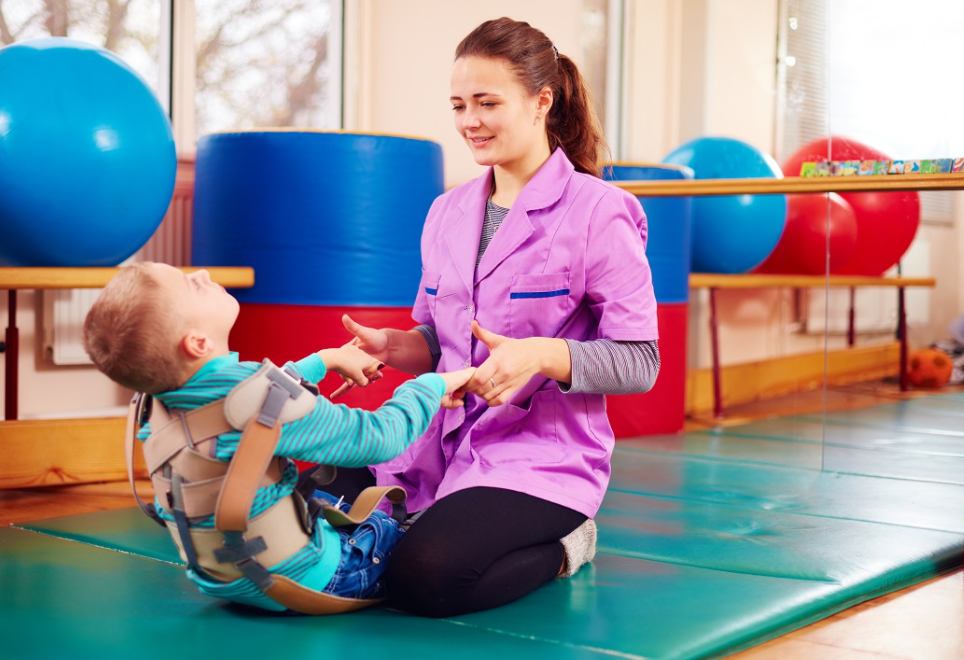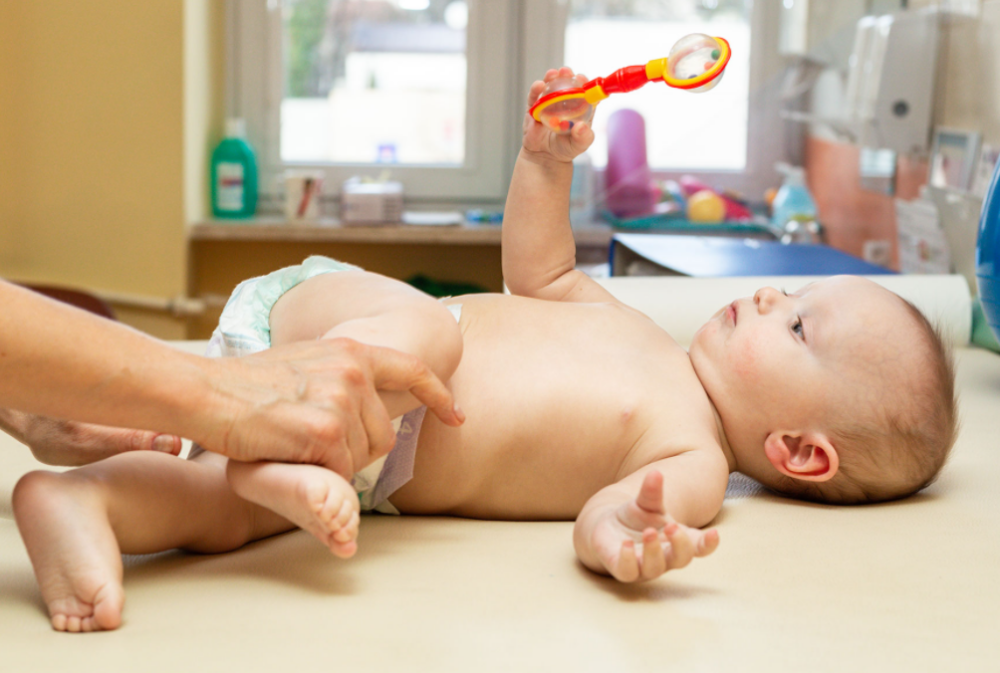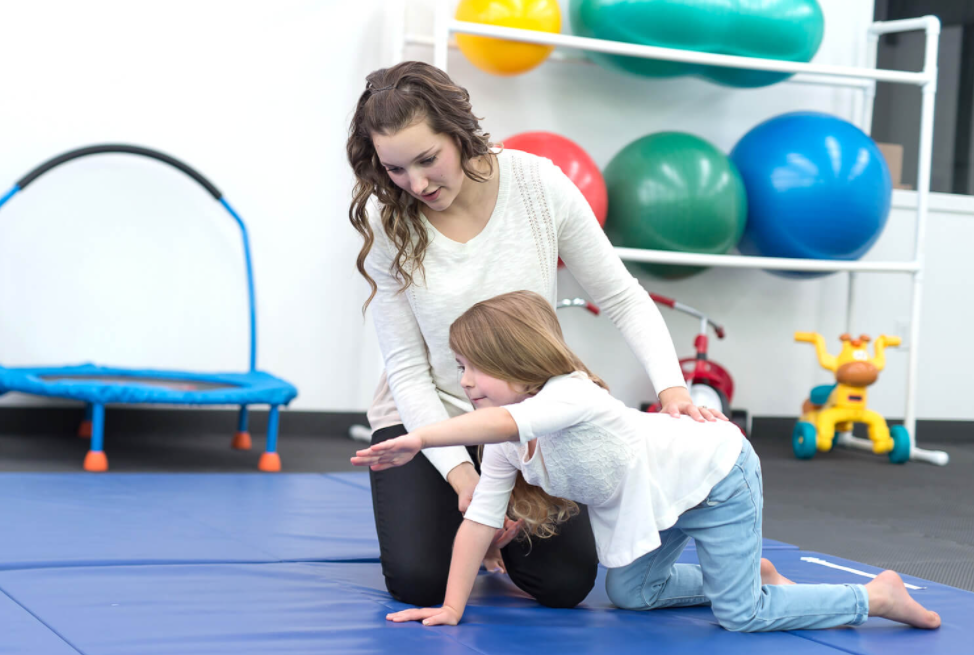
In recent years, there has been growing attention toward the potential of children receiving physiotherapy. This is mostly due to the realization that kids who receive physiotherapy have better progress from certain injuries and health problems than those who do not. Also, they have lesser pain when compared to those not under an active therapy program. Even with this trend, it is important for parents to familiarize themselves with the basics of child physiotherapy so that they can determine whether or not their kid will benefit from this form of treatment. If you need professional advice on child physiotherapy, contact the Offspring Health website.
Physiotherapy in children basically treats issues concerning muscles, bones, and joints which are related to developmental disabilities such as cerebral palsy and spina bifida. It also functions on post-surgery rehabilitation such as after a burn or a major injury. In addition, it is utilized for treating pain and muscle weakness because of injuries involving the upper body including those from birth trauma as well as sports-related injuries.
Most pediatricians do not recommend physiotherapy for newborn babies because they are still developing and can easily become injured during treatment sessions. It is best to consult with a doctor first before actually committing your kid to one of these programs. When you feel that your child will benefit from this type of therapy, make sure that the clinic you will go to has experience in handling kids so it minimizes the risks involved in this rather young age group.
What Does a Children’s Physiotherapist Do?

A children’s physiotherapist will prescribe and supervise a complete treatment program for your child. They also help develop an individualized rehabilitation program that works best with their specific condition. With regards to the actual therapies that they provide, it may include using drying techniques such as hot and cold contrast therapy to improve blood circulation as well as breathing exercises to minimize the risk of pneumonia.
The overall goal in child physiotherapy is to maximize one’s potential by building physical strength, coordination, and endurance so that he/she can live a normal life without any restrictions which can be easily addressed if caught early enough through this type of therapy. Parents should keep in mind though that progress is usually slow and might take up several months before results become evident. Despite this, most parents have been happy with the results that their child has received from this treatment.
Proper physiotherapy during childhood can contribute to better health and more productive life in the future. With just a little bit of homework regarding your kid’s condition, you will be able to determine whether or not he/she will benefit from an active physiotherapy program. Just make sure that the clinic you choose has experience working with children because it could make all the difference when it comes to rehabilitating and strengthening your young one’s muscles and bones.
Why Your Child Might See a Physiotherapist

Reasons why your child might need physiotherapy include but are not limited to the following:
- When he/she has already developed certain muscle groups that are weaker than others. This may be due to birth trauma or other reasons.
- When there is a need for rehabilitation after an injury, surgery, or burn
- When your kid experiences frequent or chronic pain in the neck, shoulders, back, and hips
- When there is decreased movement range (gain) of joints below shoulder level
- When there is a loss of function or movement of the lower limbs
- If your child has a developmental delay, this type of therapy can help him/her make up for lost time and prepare for life ahead. This is especially true when it comes to gross motor skills which are important in learning how to balance one’s body.
- In all of these cases, getting a pediatric physiotherapist involved will mean faster recovery times, shorter periods spent in the hospital as well as better quality of life once your kid reaches adulthood. It simply means that starting early will reap much bigger rewards later on.
The likelihood of needing treatment mostly depends on how old your kid is because younger ones tend to adapt easily to new treatments, unlike older children who can become more stubborn at times.
What Happens During Sessions?

Your child’s therapist will work closely with you so that you understand what their sessions will entail. Also, he/she will need your input in coming up with goals that your child will be able to achieve through the program. The therapist will also instruct you on how to best help your kid in his or her therapy at home.
Most children under five years old respond very well to physiotherapy especially if they have been diagnosed with cerebral palsy. There is a wide variety of techniques and procedures utilized during treatment sessions such as ultrasonic, electrostimulation, and interferential. Due to the fact that children’s bones, muscles, and joints are still developing, it is important to handle them with care while performing any of these techniques so they do not over-exert themselves.
If you feel like your child can benefit from physiotherapy, make sure that you get more familiarized with the various programs available for kids before actually enrolling them in one of these clinics or hospitals. You can also ask your pediatrician about which ones will be most beneficial for your kid and whether or not they think there is a need for this type of therapy.
Conclusion
If your kid is already under physiotherapy, make sure that you have a good rapport with the therapist who will be treating him or her. This person should have a lot of experience in working with children because they sometimes express themselves differently from usual adults that therapists may encounter. In addition, it will be easier for them to familiarize themselves with your child if he or she does not feel intimidated by them especially if this form of treatment is still relatively new to their culture.








